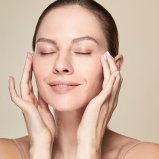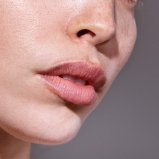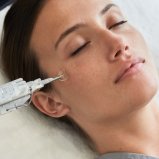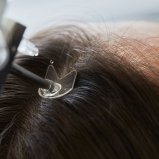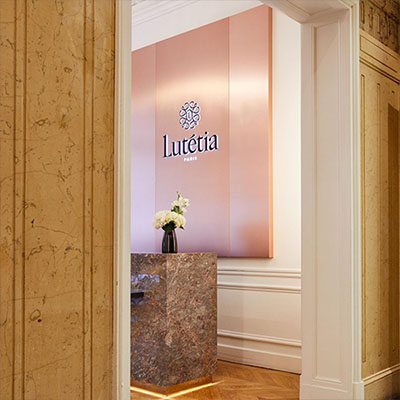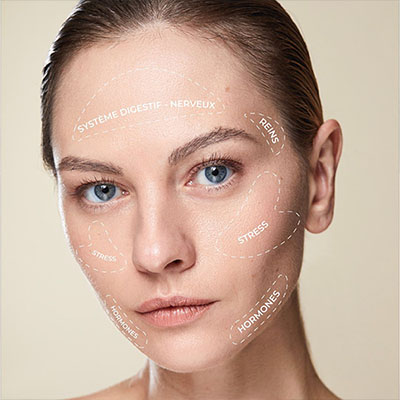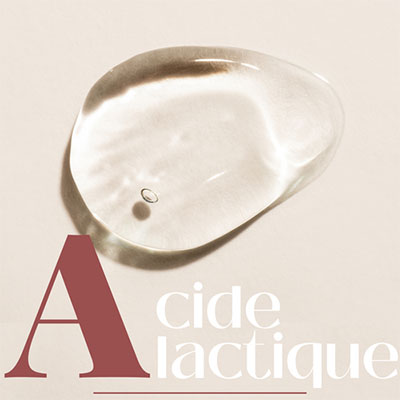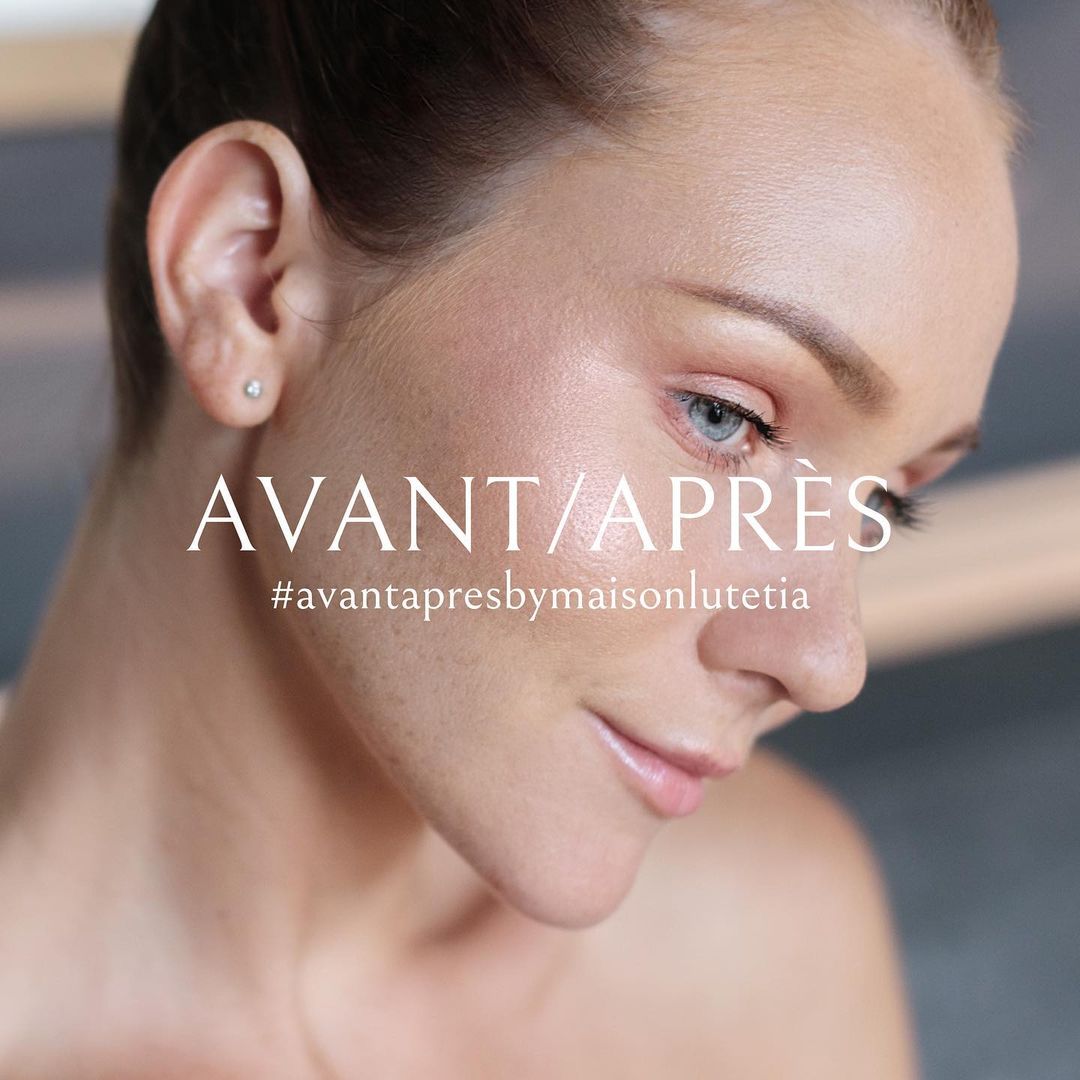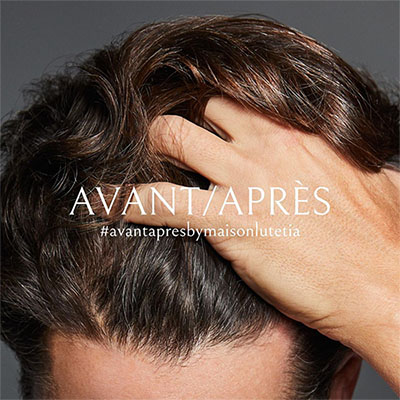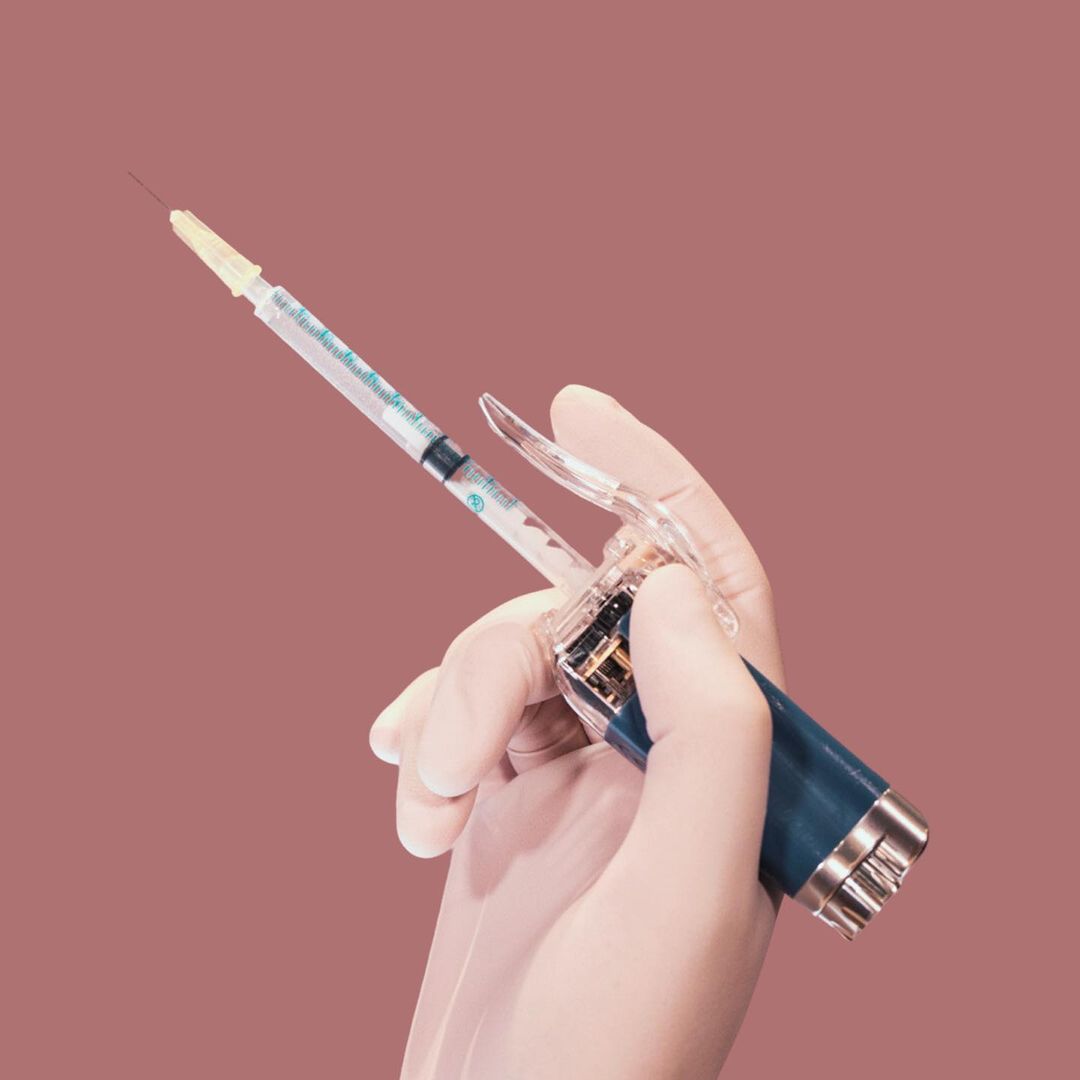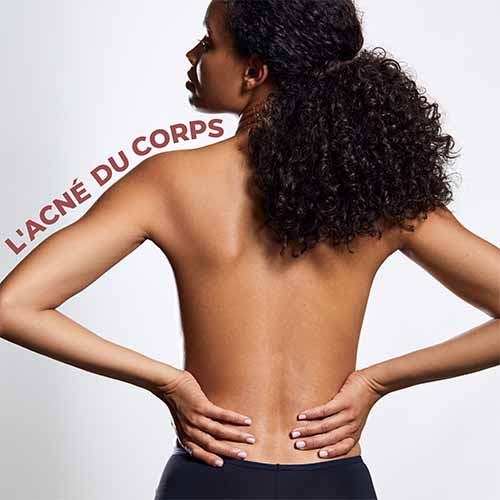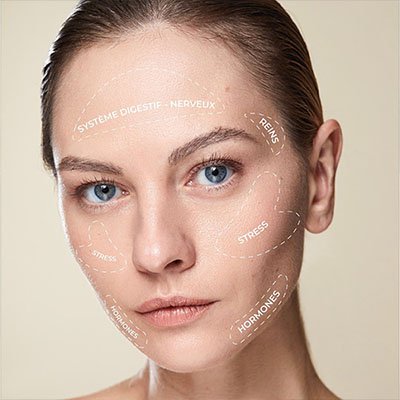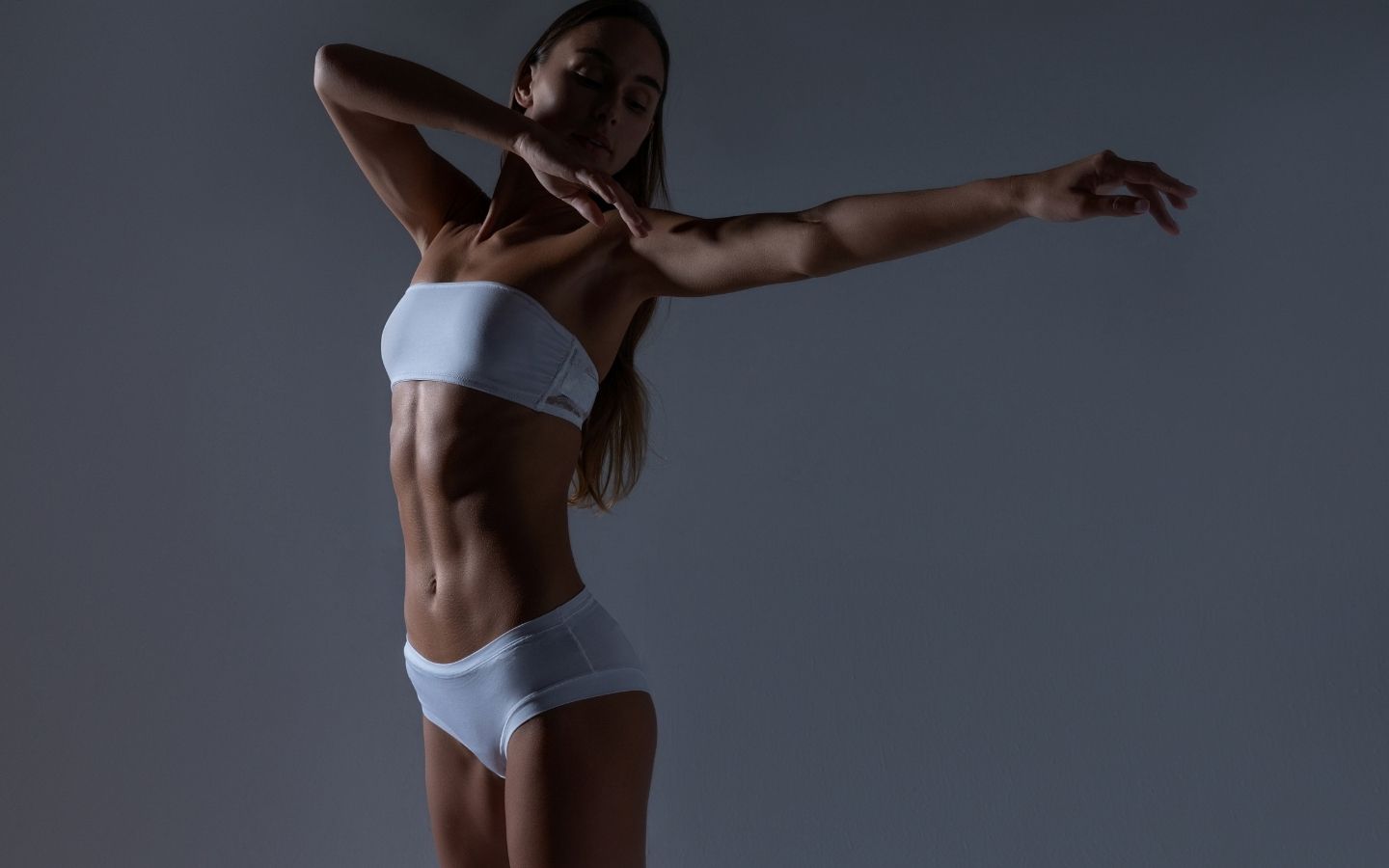
Skincare for the body
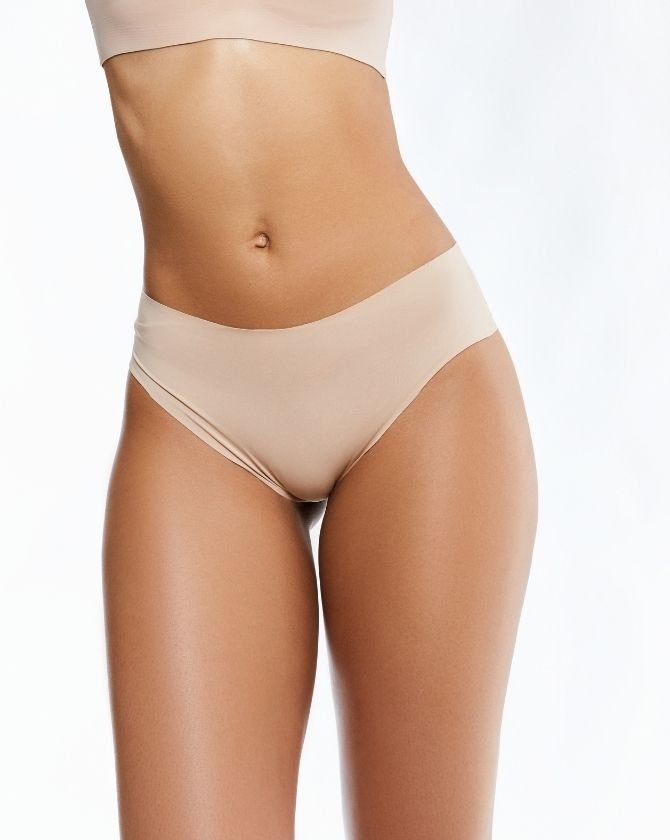
Why is it essential to take care of your skin?
The skin is an organ with a fragile balance: it marks easily. For example, the skin dries out, cracks, and peels when irritated. Rubbing against clothes, sweating, shaving, applying make-up not adapted to the skin type, using aggressive household products... The list of familiar elements that can alter the quality of your skin is endless.
Also, with time, the body spends less energy, tending to store fat and develop a more accentuated orange peel appearance. This can lead to saggy skin from pregnancy, muscle loss, lack of hydration, or the skin's natural aging process.
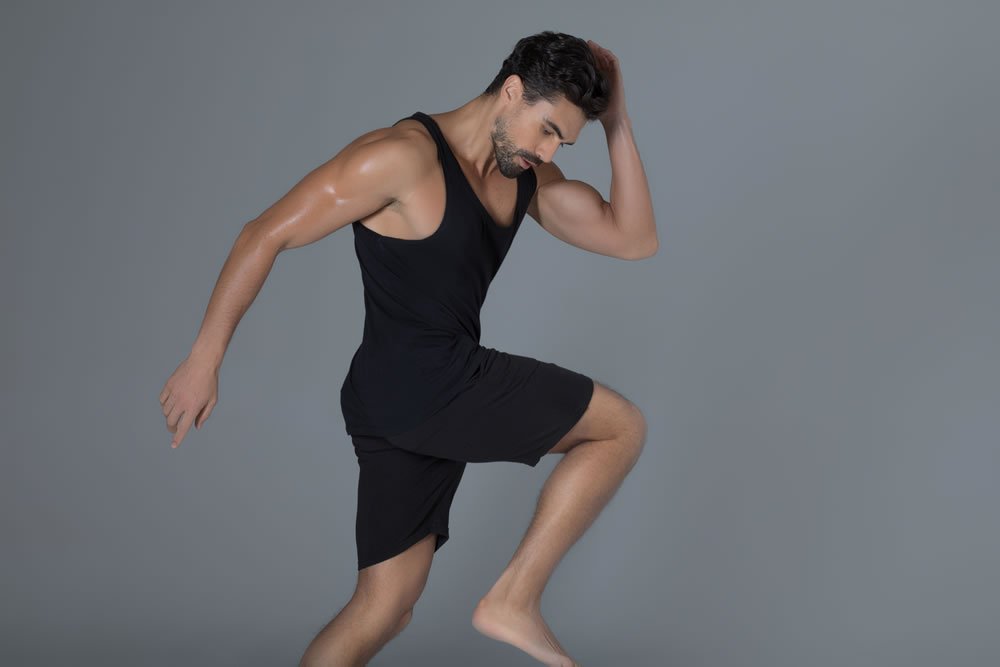
Excessive sweating
Visible hives, wetness, embarrassing odors. When sweat gets out of control, it can become a problem, especially if you're used to wearing fitted shirts but don't panic. There are solutions to control your sweat.
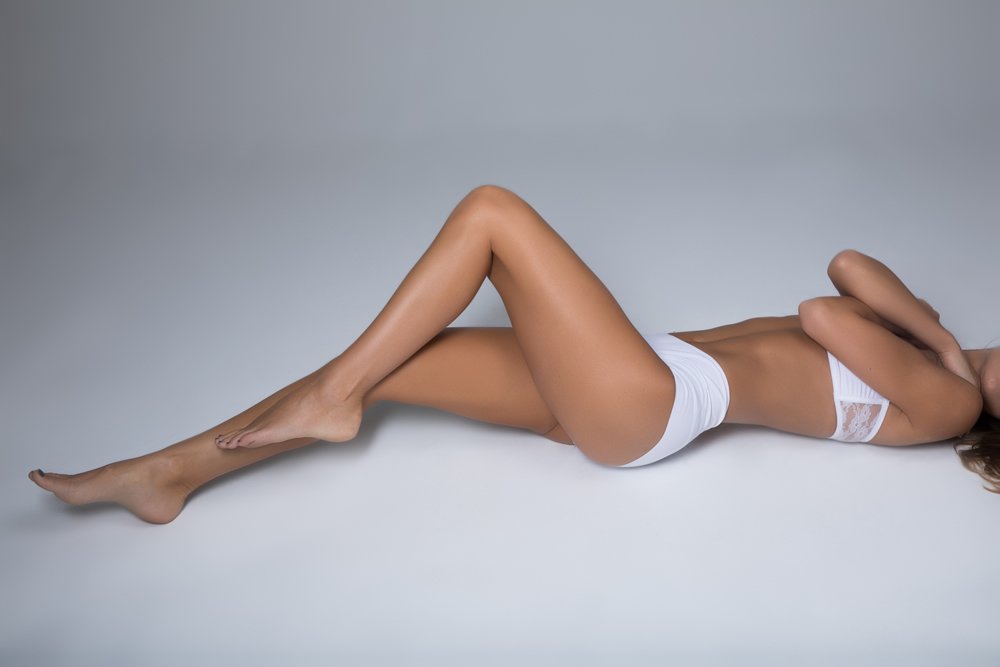
Stretch marks and scars
Stretch marks are small lines that appear on the body due to skin stretching. They most often occur after a significant weight gain, during pregnancy, and in adolescence.
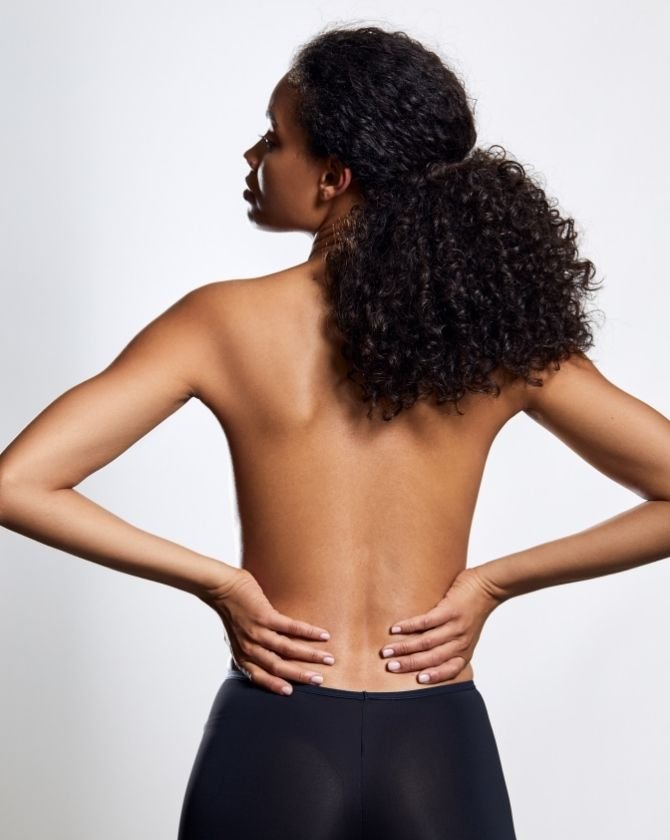
Treat sagging skin
Wrinkled skin, lack of suppleness and firmness, and sagging skin affect the face, neck, neckline, and certain body parts, such as the arms, the lower abdomen, the breasts, buttocks, and the inner thighs.
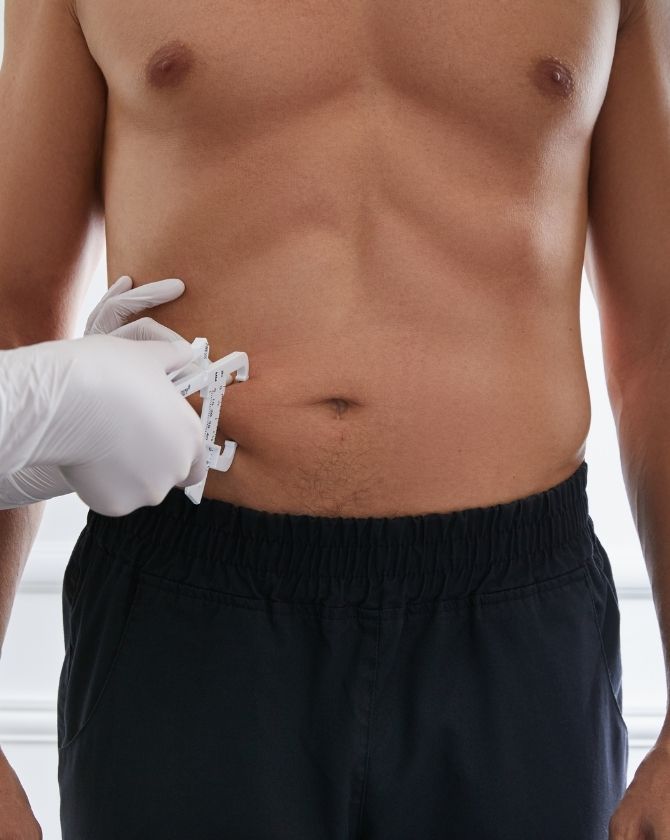
The most common skin problems
Cellulite:
It’s made up of fat cells called adipocytes, which swell under the skin, causing the orange peel effect.
Scars:
Chelated, hypertrophic. Scars that mark the body can be aesthetically embarrassing.
Sunburns:
These cause the skin to burn, accelerating skin aging, and can lead to pigmentation spots and dry areas, etc.
Atopic eczema:
This is a skin disease that causes itching in flare-ups.
Stretch marks:
When the skin cracks because of skin expansion/growth, influenced by hormonal flows (during adolescence, pregnancy), stretch marks appear.
Psoriasis:
This is an inflammatory skin disease that manifests itself as flaky, red patches.
Ingrown hairs:
This is hair that grows under the skin! It happens to people who wax or shave.
Hirsutism:
This hair appears on so-called male areas or areas commonly hairless in women, such as the face or chest.
Dyshidrosis:
This type of eczema appears on the hands or feet, characterized by blisters or tiny bubbles.
Dermatitis:
This is an allergic skin disease that occurs episodically.
Excessive hair growth:
This is characterized by a large amount of hair growth in a particular area.
Tattoo removal:
It’s common to regret a tattoo and to want to remove it.
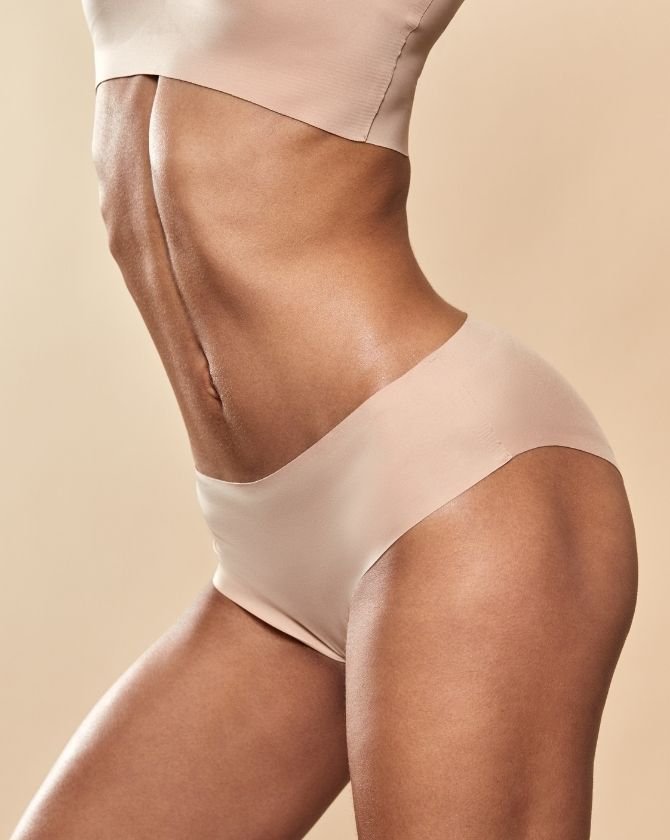
How to properly cleanse and moisturize your body?
● Showering should not be too hot. Otherwise, it may burn or damage the skin. Above 37°C, the water can cause varicose veins and couperose veins.
● The soap's PH level should not be too acidic, at the risk of drying out your skin. Cold-saponified soaps are suitable because they have a pH of around 9, i.e., alkaline.
● When drying the skin, it’s recommended to tap rather than rub so you don’t damage the skin.
● Hydrating your body is necessary to soften the epidermis once dry. Use a natural oil that contains argan, shea, or avocado.
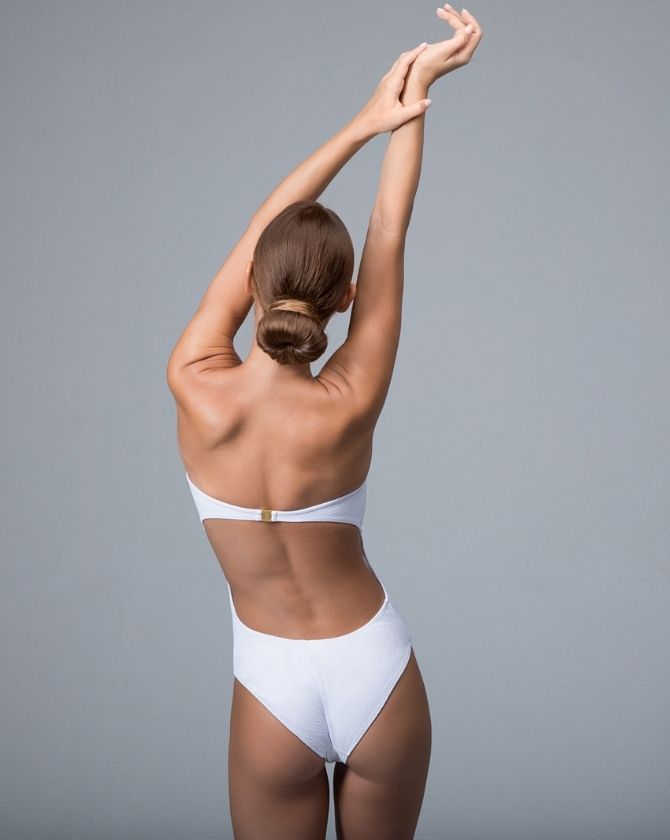
The best skin care products to take care of your skin
Laser hair removal
What is it?
It’s a laser that targets the melanin in the hair and destroys it.
What is it used for?
Laser hair removal allows you to regain smooth, soft skin, treat excessive hair, ingrown hair problems, etc.
How does it work?
Permanent hair removal is obtained through thermo-coagulation. All phototypes can be treated as long as the hair is dark.
What are the areas?
The entire body.
How many sessions?
"6 to 10 sessions.
How much does it cost?
From 40 euros per session, depending on the area to be treated.
Laser tattoo removal
What is it?
It’s a laser that targets colored pigments under the skin, from pigment spots to tattoos.
What is it used for?
The Q-Switched laser reduces the appearance of sunspots and safely removes any tattoo without any risk.
How does it work?
It works deep down to destroy colored pigment particles in the dermis using three wavelengths.
What are the areas?
The entire body.
How many sessions?
Make an appointment with a Maison Lutétia expert physician for a diagnosis.
How much does it cost?
From 200 euros per session.
Mechanical Lymphatic Drainage
What is it?
It’s a handpiece with 55 silicone balls to intensely drain the body.
What is it for?
Mechanical Lymphatic Drainage is an anti-cellulite treatment that acts on excess fat and water thanks to compressive vibrations.
How does it work?
The compressive vibrations boost microcirculation and the lymphatic system to fight against water retention and the heavy legs effect. The body is drained, even from the first session.
What are the areas?
The upper body, lower body, and face.
How many sessions?
A protocol of 2 sessions per week for 6 weeks.
How much does it cost?
From 350 euros per session.
The Body Lift
What is it?
It combines two treatments: the Body RF and CoolWaves.
What is it used for?
To get rid of dimples and improve skin quality thanks to its tightening effect.
How does it work?
CoolWaves' intelligent microcurrents fight cellulite, and the Body RF’s skin using bipolarized radiofrequency.
What are the areas?
The abdomen, thighs, saddlebags, and buttocks.
How many sessions?
10 sessions, with 2 sessions per week for 5 weeks, starting with a CoolWaves session at the beginning and a Body RF session at the end of the week.
How much does it cost?
From 1920 euros for 10 sessions.
The Body RF
What is it?
It is a bipolarized radiofrequency treatment.
What is it used for?
To smooth and firm the skin but also fight against sagging skin.
How does it work?
A bipolarized radiofrequency stimulates collagen synthesis, with skin temperatures reaching 42°C during the session.
What are the areas?
The abdomen, thighs, saddlebags, and buttocks.
How many sessions?
2 sessions per week for 1 month.
How much does it cost?
From 200 euros per session.
FAQ
What are the different skin types?
Normal skin: The skin is not particularly sensitive.
Sensitive skin: The skin reacts and marks easily in case of external aggression.
Dry skin: The skin is naturally dehydrated.
Moderately dry skin: The skin peels easily, especially during the summer.
Dehydrated skin: The skin is rough all year round.
How to recognize dry skin?
Dry skin is tight and flaky! It has a "crocodile skin" like aspect.
It requires special care to strengthen the hydrolipidic barrier. Nourishing the skin helps to ensure the skin barrier is functioning correctly. Its role is to retain hydration for good, supple, radiant skin.
How to take care of your dry skin?
Protect yourself from the sun with a high SPF
Prioritize mild soaps
Have the right reflexes when showering, such as using water that is no hotter than your body temperature
Dab instead of rubbing dry
Hydrate every day
Eat a healthy and balanced diet
Sleep well to promote cell regeneration
Beware of tobacco and alcohol consumption which alters the quality of the skin
What are our tips for taking care of your body in winter?
Reduce the length of your shower
Take care of your hands with a nourishing cream
Choose your moisturizing creams well (with a richer galenic for periods of extreme cold)
What are our tips for taking care of your body in summer?
Tanning
Prepare your body for tanning with a course of food supplements
Shape
With the help of aesthetic medicine treatments:
Treating cellulite
Treating localized bulges
Reduce the appearance of stretch marks
Protection
Protect yourself from UV rays with a high SPF
Is it necessary to moisturize skin during summer?
Yes, it’s essential to moisturize skin during summer with a nourishing cream to avoid dryness and protect mature skin.
Can tanning harm the skin?
If a sunscreen does not protect the skin with a high SPF, tanning is, in fact, harmful to the skin, accelerating skin aging (especially with the formation of lentigos).
Why is your body still dry despite applying cream?
Dead skin cells may not have fallen off, preventing the cream from penetrating the tissue. Try performing a scrub or exfoliation before soaking your body with rich oil.
Are there any particular care products to take care of your body?
Different treatments for your skin include anti-cellulite creams, cosmetics with hyaluronic acid, repair creams, creamy gels, an emollient balm, or a butter enriched with moisturizing active ingredients designed to nourish and soothe dry and sensitive skin. To go further and get more efficiency, follow a treatment plan at Maison Lutétia.
How to choose the right products/creams for the skin?
Ask your dermatologist or a doctor at Maison Lutétia for advice during your silhouette consultation.
Find us
6 Rue Ampère, 75017 Paris
